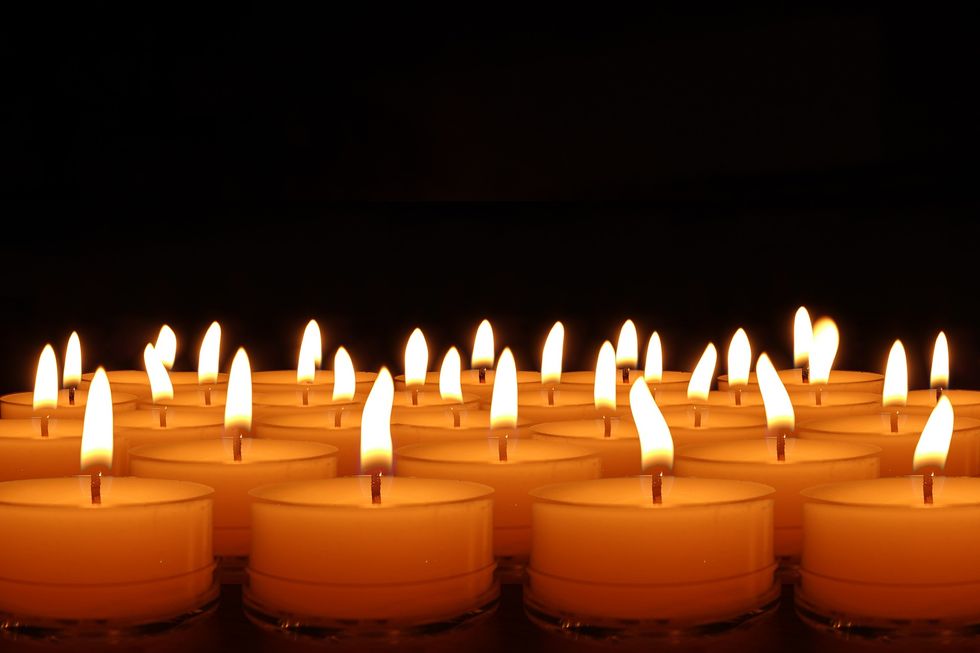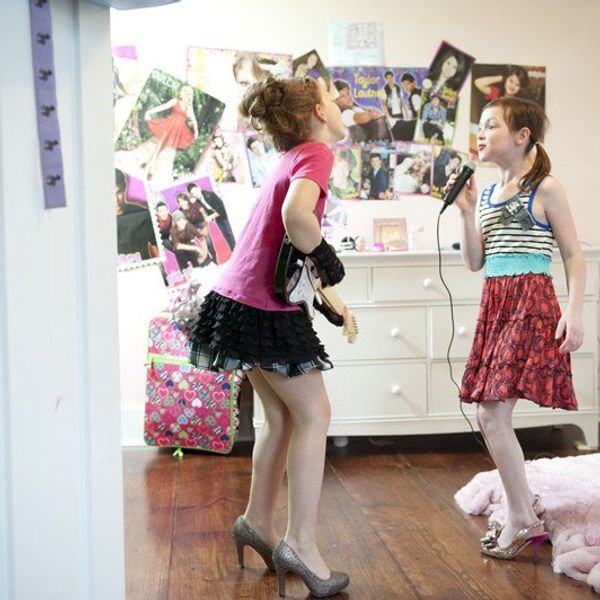Last August, I was shocked to see a headline declaring an attack in London’s Russell Square. The pictures of the scene jolted me with their familiarity: when I’d studied abroad in 2014, my classes were held in a building in Russell Square. On breaks I’d walk over to the candy shop and sample fizzy strawberries and sherbet lemons; I ate sandwiches at the park’s café, watching the kids splashing in the fountain; on a sunny day, no matter how cool, I joined other Londoners in trying to find a tiny patch of light amidst the usual gray. It felt strange to see a place of such personal memories emblazoned publicly for the world to see, for Russell Square to be forever associated with this violent act.
When I heard the final numbers—six injured, one dead—my American brain, still fresh with the memory of 49 dead in Orlando that June, was relieved by how low that was. I wondered how different the attack would have been if it had happened in the US (in the UK, nearly all guns are banned) and instead of a knife, the perpetrator had a gun. Or worse, an assault weapon.*
The shooter in Las Vegas was able to shoot hundreds of bullets in a single minute. From the 32nd floor of a hotel. He didn’t have to aim, didn’t have to reload. Just pull the trigger and kill 58 people. The device he used to make his gun fully automatic is legal and costs $100.
In the Pulse shooting last year, Omar Mateen fired off 110 rounds. He had hundreds more, unused, in his car.
In Newtown, Adam Lanza fired 155 rounds in less than five minutes.
Could these acts of violence have been perpetrated by other weapons? Yes. But they would have been far less deadly.
We can debate whether individuals should be able to own simple handguns or hunting rifles. But there is no reason why an ordinary civilian needs an assault weapon. There is no reason why a person needs 42 guns and multiple 100-round magazines, as Stephen Paddock did. It’s one thing to have a handgun in your closet for personal protection against a home invader. It’s another to own an arsenal of military-grade weaponry just because you can.
A ban on assault weapons isn’t a new idea: the US did ban such weapons from 1994 until Congress let the ban expire in 2004. (Critics will tell you the ban was ineffective, but that was largely due to shortcomings with the specific law, not the concept in general.) Representatives attempted another ban in 2013, after Sandy Hook, but it didn’t pass. It’s time we brought that ban back, as well as a ban (like one already introduced in Congress) on bump stock and similar devices.
Pro-gun voices will argue, “But criminals can still get the guns anyway!” Yes, theoretically, they could. But the number of people owning these guns, and the number of these guns on the market, would still be much smaller. Getting one would be trickier than just going to your local combination gun/guitar store as Paddock did.
We’ve done the same with many other regulations. Seatbelts haven’t stopped people dying in car crashes, but they’ve certainly lowered the number of deaths. No one’s arguing against seatbelts because “people are still dying anyway.” Furthermore, if you take the “criminals will still break the law” argument to its logical conclusion, then why have laws at all? Yes, people will always commit murder even though it’s illegal. But far more murders would be committed if there wasn’t a deterrent.
And even if an assault weapons ban turned out not to make a difference—what was the harm? Like I said, these are not necessary weapons. Hunters don’t need AR-15s to fell deer.
These guns being legal also normalizes them. In our country today, having a military-grade rifle with a high-capacity magazine isn’t painted as frightening, it’s painted as all-American. As your God-given right. As manly. (And here is where I note that nearly all mass shootings are committed by men.) One bump stock manufacturer says their goal is to “spread the joy of shooting full auto to gun guys across America.” Guns aren’t powerful weapons to be used only in extreme circumstances; instead, there are four times more gun sellers in America than there are McDonald’s.
But if we started treating firepower as dangerous instead of a central part of American culture, maybe it would stop becoming a central part of our American history.
* “Assault weapon” is not a clearly-defined term. Many have said that the definition in the 1994 US assault weapons ban required too many “cosmetic” features. For purposes of this article, I’m defining it the way it’s often thought of by the public, as an automatic or semi-automatic gun with a high-capacity magazine.





 The minimum wage is not a living wage.
StableDiffusion
The minimum wage is not a living wage.
StableDiffusion
 influential nations
StableDiffusion
influential nations
StableDiffusion












